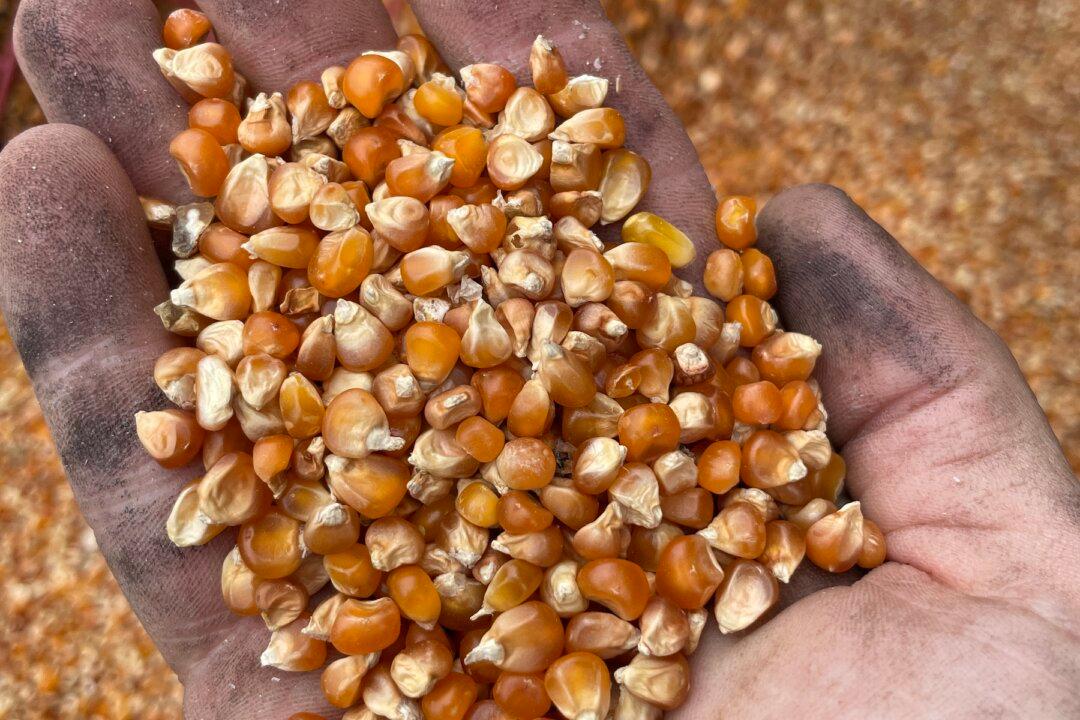“You tried grits but didn’t like them?”
Greg Johnsman, a stalwart South Carolina grits producer and evangelist, is ever ready to embrace this discussion.

“You tried grits but didn’t like them?”
Greg Johnsman, a stalwart South Carolina grits producer and evangelist, is ever ready to embrace this discussion.